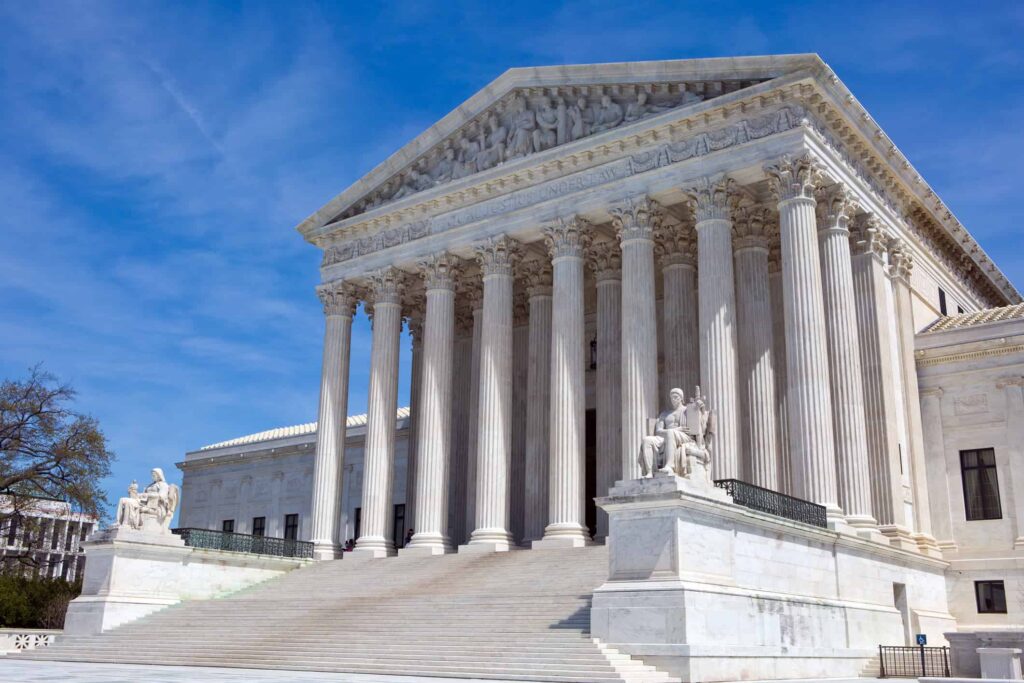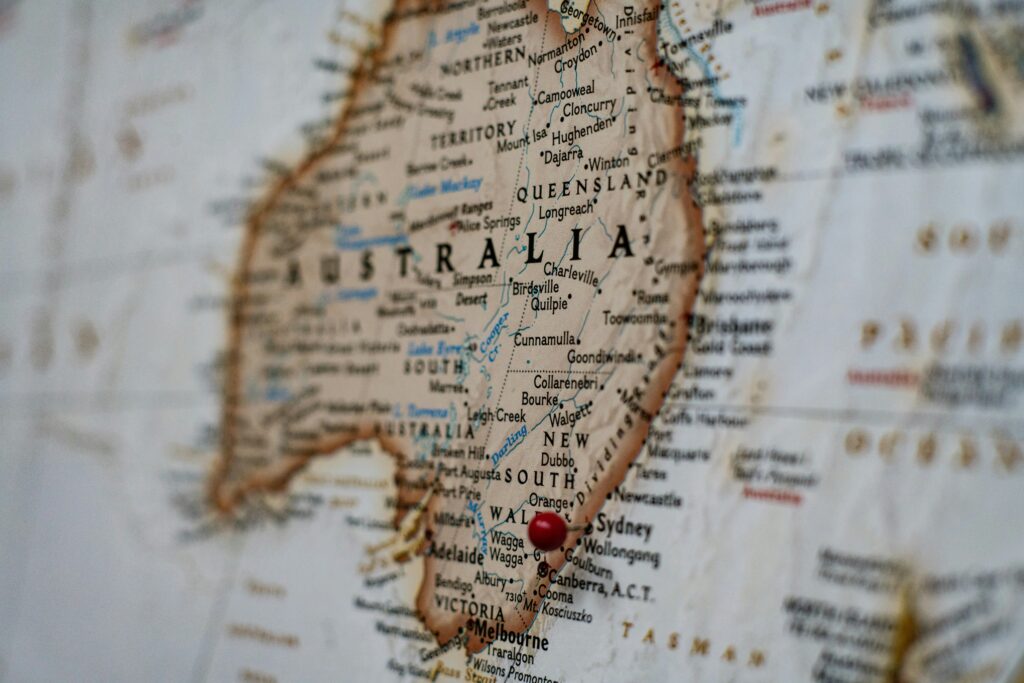The award of which we speak is Roger Pielke Jr.’s shortlist of the “Top Climate Scandals of 2025”. There are many stories to choose from, and we have reported on a lot of them, but one escaped our notice at the time. It concerns the question whether there is an upward trend in climate-related damages to the US economy after one “normalizes” the data, meaning corrects it for inflation and the increase in the size of the economy. Pielke Jr. points out that in the years leading up to the last IPCC and US National Climate Assessment reports there were over 60 studies looking at the question, all of which concluded that the answer is no. All but one, that is. And (drum roll please) of course it’s the one study the IPCC and the NCA chose to base their conclusions on. It would be bad enough even if the study in question were valid. But it wasn’t: it was based on a hinky data set used as a promotional tool for a now-defunct insurance company. What was that you alarmists were hollering about peer review and following the science again?
The background story runs as follows. In the late 1990s RPJ himself developed and published what became the standard method for normalizing disaster data sets, again meaning estimating how much current-dollar damage disasters in days of yore would have caused in today’s social and economic conditions. His work, and that of many dozens of others in the years since, concluded that extreme weather events were no more damaging than they used to be, in that if the same storms hit today they would do more damage only because there were more targets, buildings and cars and whatnot, and the targets were of higher average value, to hit. Not because the storms themselves were stronger.
Which will never do. So the IPCC in its Sixth Assessment Report, and the most recent US National Climate Assessment, concluded otherwise based on a single study called Grinsted et al. 2018 or G18.
What was their secret sauce? They use a new dataset called the “ICAT dataset”. ICAT was, at the time, an insurance company in Boulder which no longer exists. Pielke Jr. had actually been involved in creating the ICAT database along with one of his former students, and initially the data construction was done according to proper scientific standards. But after 2010 both of them, and evidently the standards as well, moved on and left the work to others. At which point the dataset started to get wonky.
For much of the 20th century it showed the same numbers as other published data sets. But as of the early 21st century ICAT stopped tracking the standard literature and started using the now-canceled and grossly overstated NOAA Billion Dollar Disaster data set, stitching it on to the earlier part of the series despite being constructed on a completely different basis. Putting the two different series together, a hoary statistical no-no, caused an upward trend to appear in the G18 paper where none did previously.
Pielke Jr. duly complained to the journal about this misconduct. But to no avail. The journal argued that the G18 authors had checked their calculations against two other data sets so any problems with the ICAT data weren’t decisive. Yeah, Pielke Jr. replied, but one of the other datasets was constructed using valid methods and on that one the G18 authors failed to detect a trend. The other data set was none other than the NOAA Billion Dollar Data set, which was identical to the wrong portion of the ICAT data. So no wonder the authors found a trend. But it wasn’t independent confirmation.
Alas some studies are too big to fail. By now G18 was the lynchpin for the IPCC and NCA reports and the journal editors refused to retract it. The scandal was not merely that some scientists used a bad data set and got unreliable results. Nor was it merely that the IPCC and the NCA grabbed said results and put them in their assessment reports for policymakers, though both of these things would be bad enough. It was that the IPCC and NCA ignored over 60 other studies reporting the absence of a disaster trend and put all their faith in one study claiming a trend exists. And then when that study was shown to be invalid, the scientific authorities refused to correct the record.
We’d call that a scandal. We’d even call it a shocking scandal, except that we’ve seen it too often to be shocked anymore. And clearly many in the field who know better are not sufficiently shocked to speak up. Piling scandal on scandal.



This has been going on since Mann's broken "hockey stick" scandal and probably well before then.Playing with a broken hockey stick means a trip to the penalty box.
I’ve been using Microsoft Copilot today to summarize newsletter articles and separate the epistemic content from the sarcasm and rhetoric— which I enjoy but sometimes drowns out the salient points.
It’s telling that both this piece and the alone entitled Man Made Temperatures were blocked from Copilot’s view—despite being methodologically grounded critiques. The others were not. It’s not clear why, but both articles referenced Roger Pielke Jr. I asked Copilot why and it gave a lot of complex reasons which boil down to the fact that a source may be flagged due to: rhetorical excess; institutional defensiveness; institutional gatekeeping; or risk aversion.
When filtering systems suppress content based on source rather than substance, they don’t just distort public understanding—they obscure the very fact that dissent exists. That’s not just bias; it’s epistemic gatekeeping. And when institutions build policy on selectively visible science, we’re not debating evidence—we’re managing perception.